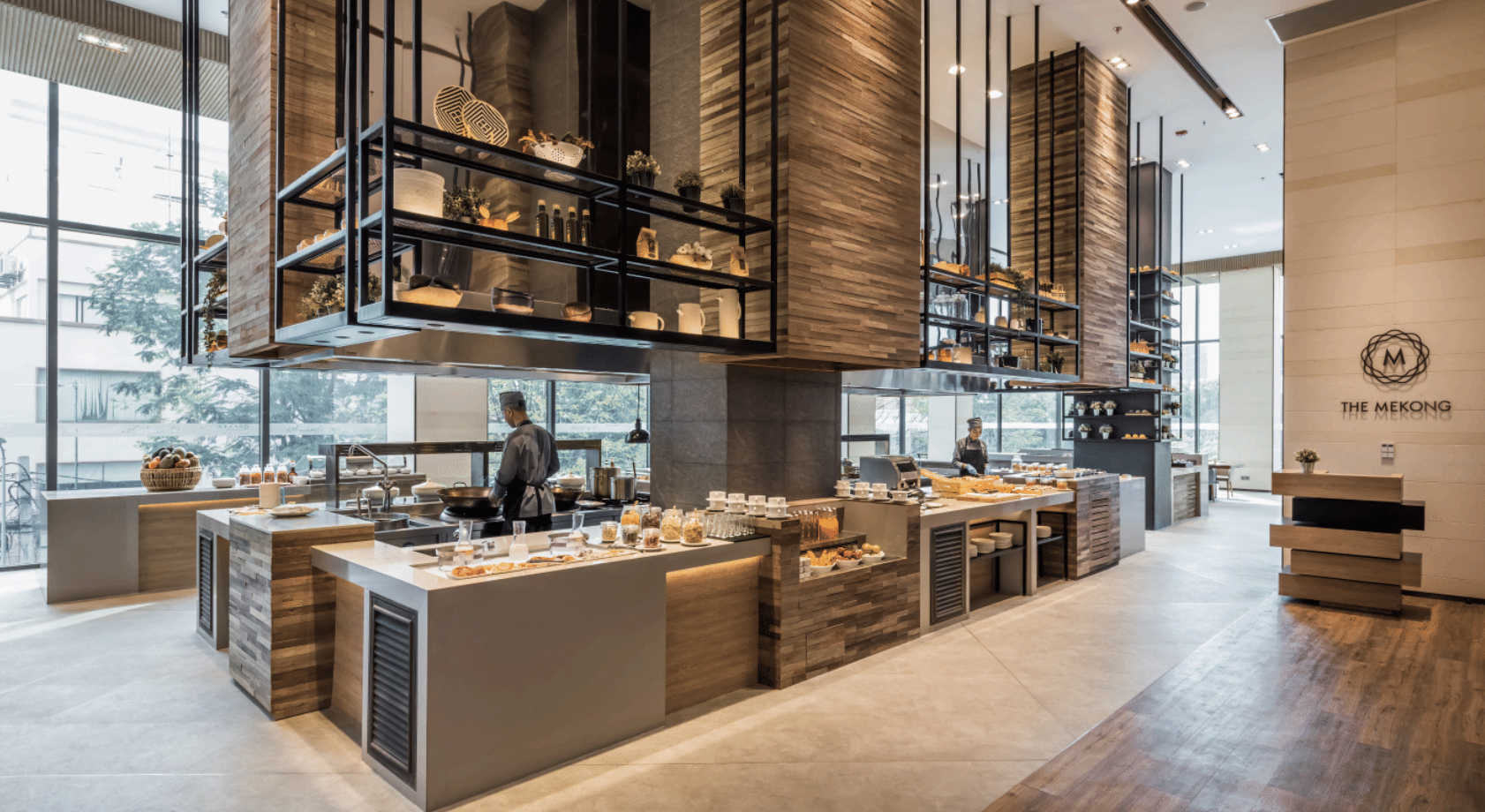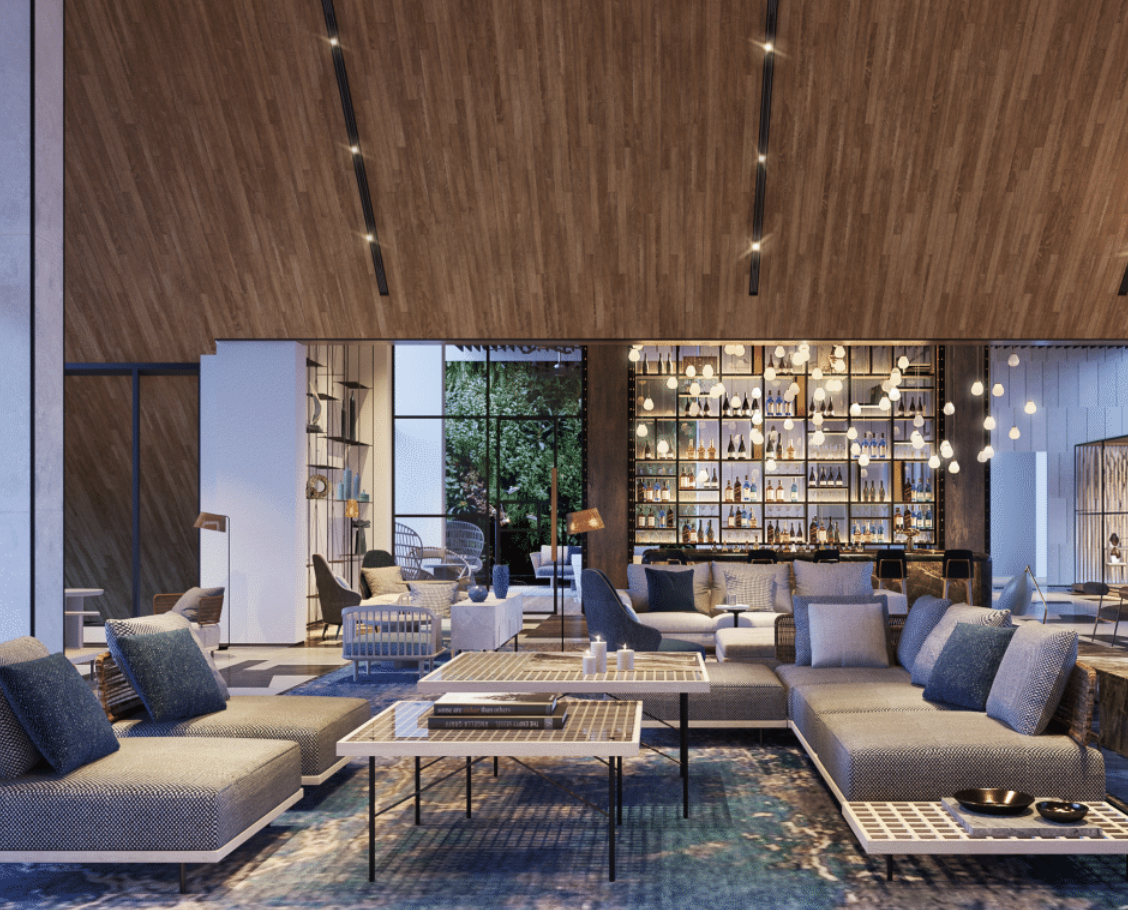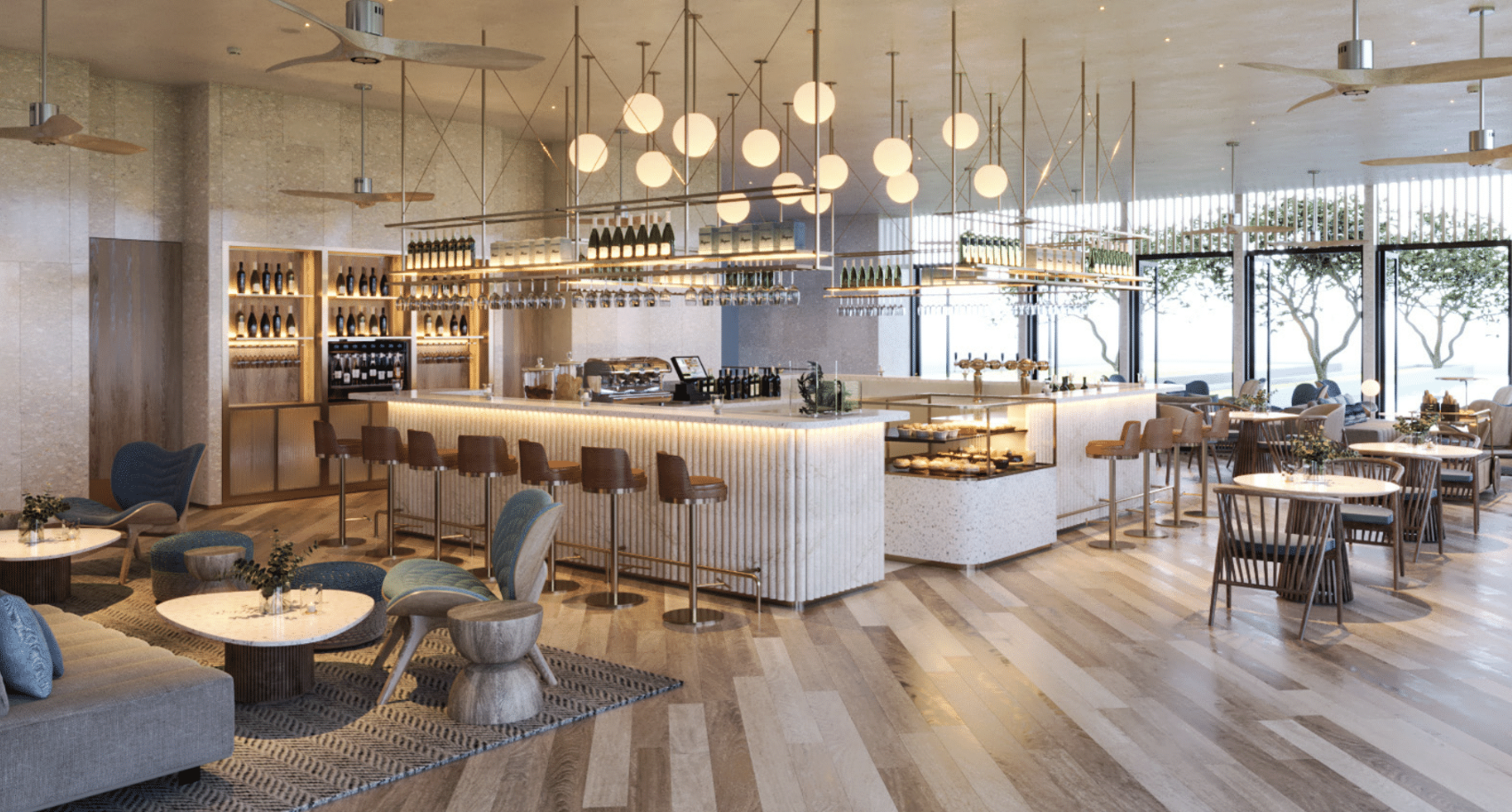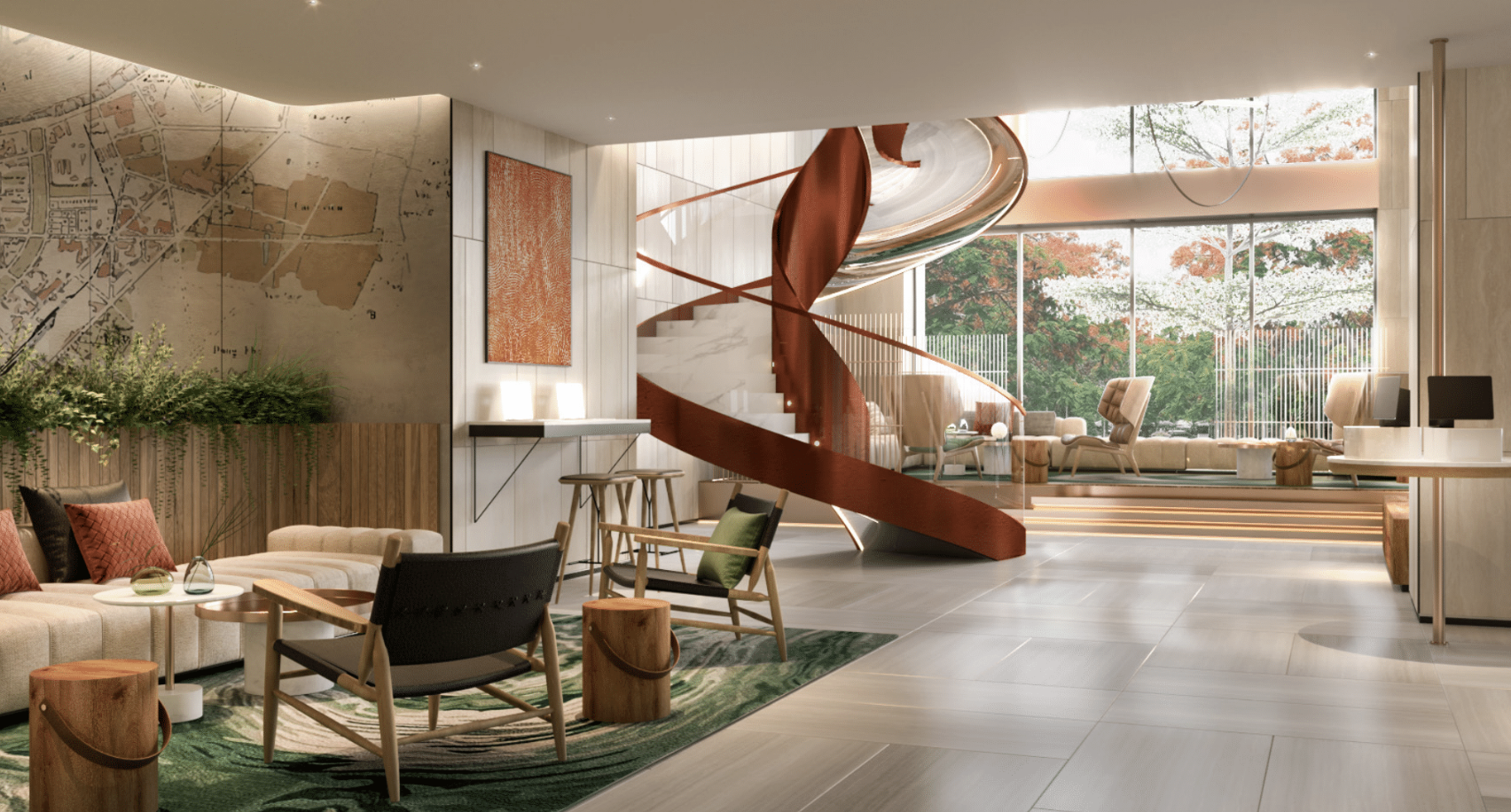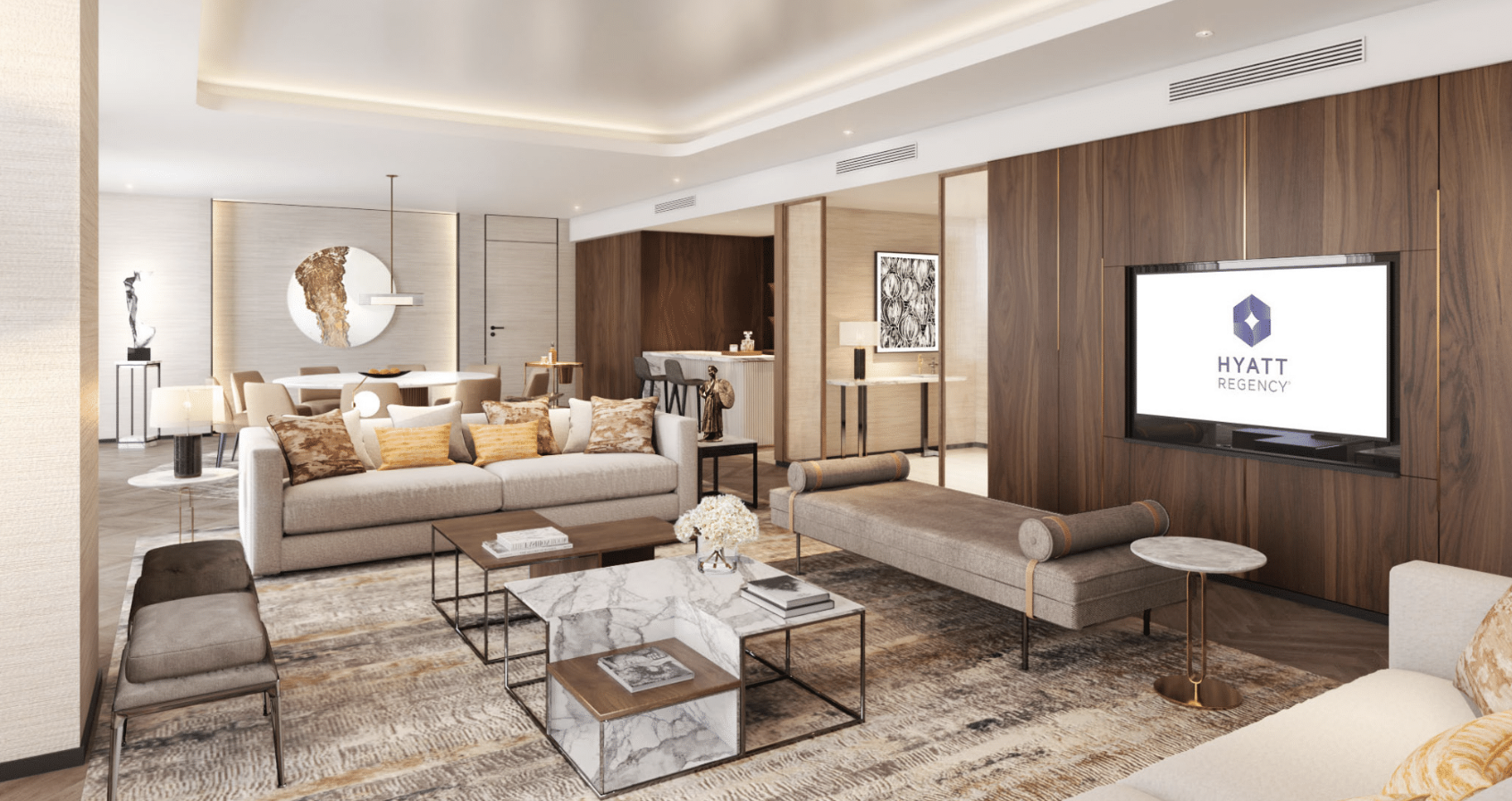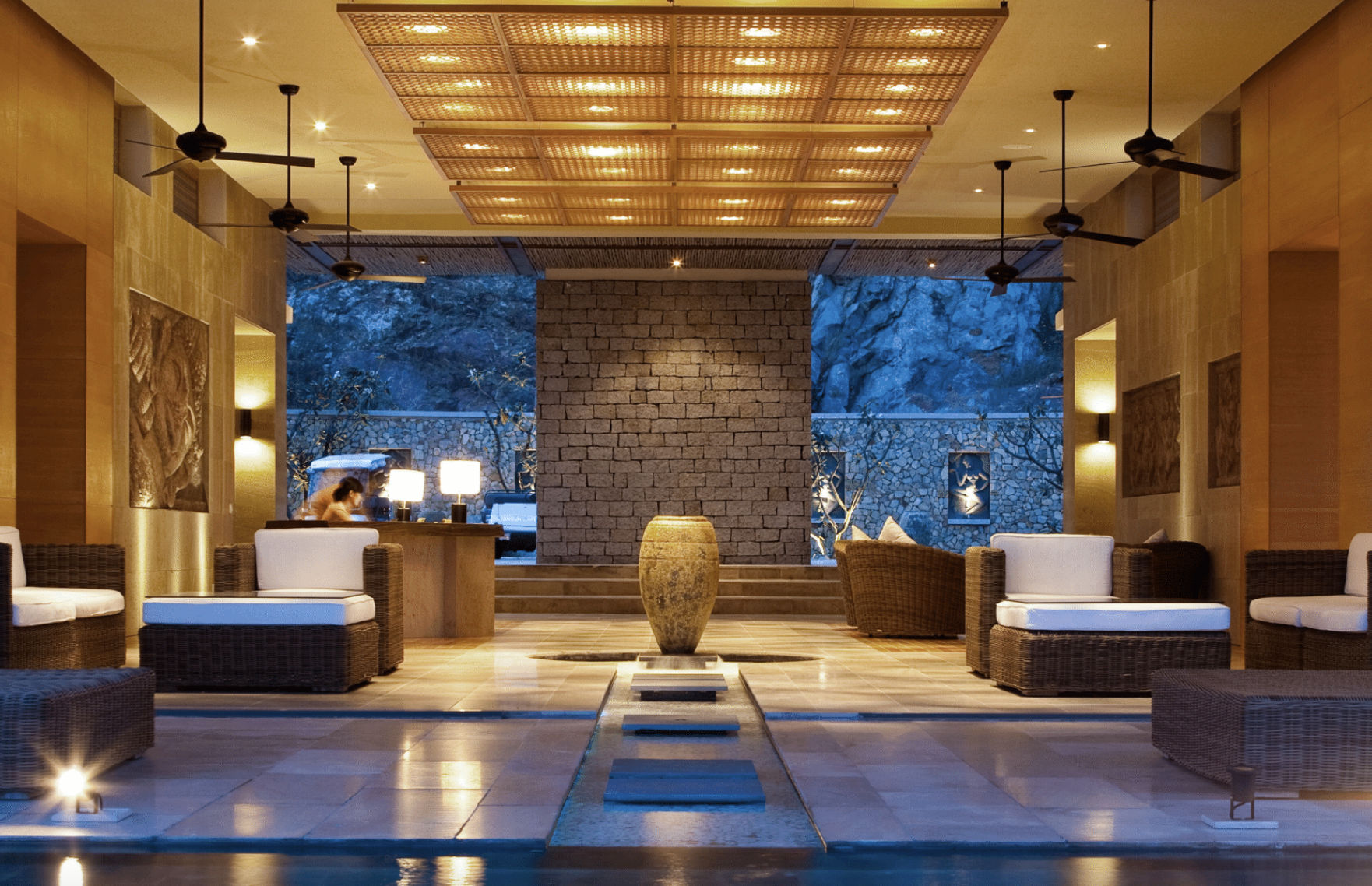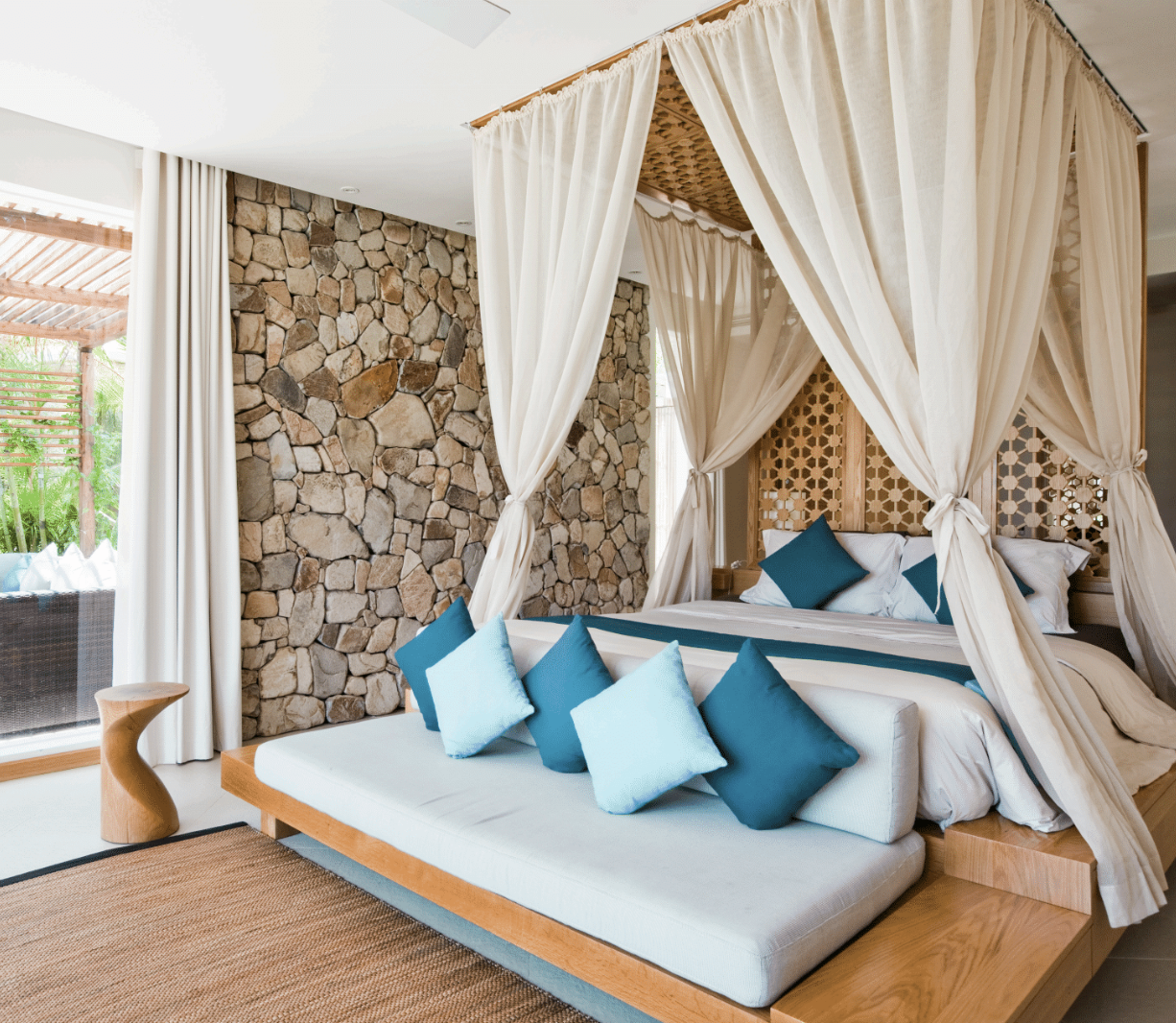Dang Viet Khoa is the Co-Founder and Managing Director of Kaze, an award-winning interior design firm specialising in hospitality design. In this interview, Dang Viet Khoa shares his career journey, the vision for Kaze, and valuable advice for aspiring interior designers.
Can you share your career journey and key milestones that have shaped your path?
After graduating in Interior Design from the University of Architect Ho Chi Minh City (one of the first programs in Vietnam to offer this major), I began my career as a 3D visualizer for a large international firm. At the time, with zero experience in a young market and a profession still in its infancy, it was nearly impossible to work on a project of my own. Creating visualisations allowed me to learn and, in a sense, create my own “virtual” projects.
A turning point came 15 years ago when I co-founded Kaze. We started as a small design studio with fewer than ten people, taking on a variety of projects ranging from residential and office spaces to retail and dining. Today, Kaze has grown into a reputable design firm with a team of 30 professionals, specialising in hospitality and hotel design.
A key milestone was a collaboration with a local investor to develop a chain of three hotels in the heart of Ho Chi Minh City. Over six years, we worked tirelessly on these projects, earning the client’s trust with each one. By the final project, we had successfully modernised their brand image and introduced contemporary design solutions that rivaled regional standards—something the client hadn’t initially envisioned.
The last hotel in this chain gained significant recognition, setting a new benchmark for mid-range hotel design in the city. It even caught the attention of another investor staying at the property, who later entrusted us with a Marriott-operated project.
From 2014 onwards, Vietnam’s hospitality market experienced explosive growth. Thanks to our established reputation and experience with international hotel operators, we secured numerous projects with various hospitality brands. This period solidified our expertise in the field.
Throughout my career, I’ve worn many hats—designer, team leader, project manager, business development manager, and now managing director. These roles have helped me hone my management and leadership skills, but what brings me the most satisfaction is seeing a project completed beautifully. It’s reminiscent of how I felt seeing my first 3D renderings come to life at the start of my career.
The difference now is that I have a clearer understanding of my strengths and a well-defined design philosophy. To me, design is a series of problem-solving steps, grounded in analysis and identifying the core issues. While there are many ways to address a problem, good design involves selecting solutions that align with a unified vision and purpose.
At Kaze, we approach design by crafting a story for each project—a narrative shaped by in-depth research into the site’s context, the client’s expectations, and the project’s vision. This story serves as a guiding light and source of inspiration for the entire team throughout the process.
- Courtyard by Marriott, Phnom Penh
- Marriott Resort & Spa, Hoi An, Vietnam
What strategies help guide Kaze towards becoming an award-winning interior design firm?
At Kaze, we focus on creating the best possible projects, and awards naturally follow as a result of this dedication. Attention to detail is critical—we fight to preserve the integrity of our designs through to the final stages of construction and operation. Large-scale hospitality projects often involve lengthy timelines and multiple stakeholders, so it’s crucial for designers to stay involved until the very end. This requires not only technical expertise but also strong management and financial skills.
One of the biggest challenges for design firms is staying true to their vision and strengths without wavering. It’s not easy, but persistence and consistency are eventually recognised and appreciated.
While creativity is the foundation of our work, it must be balanced with analytical and management skills. Early in our journey, as we transitioned from small projects to larger ones, we focused heavily on problem-solving and management. Over time, as we gained experience and established a solid foundation, creativity became the defining factor that set us apart.
For us, creativity isn’t just about aesthetics or uniqueness—it’s about leveraging accumulated experience to solve complex problems with clear goals and vision. In the concept phase, creativity allows us to address major challenges, minimise smaller ones, and push the boundaries of solutions.
- Radisson Blu Resort, Hoi An, Vietnam
Can you share the dynamics of your team at Kaze and what motivates and inspires them in their work?
Our team at Kaze is incredibly diverse in terms of personality, age, gender, and nationality—reflecting the vibrant energy of Ho Chi Minh City. We have young designers fresh out of school, experienced professionals with decades of local expertise, and team members from countries like France, Russia, Denmark, Malaysia, and Vietnam. This diversity fosters creativity, collaboration, and a dynamic team spirit.
This diversity is intentional. We use personality tests during recruitment and actively seek out unique individuals to join our team. Managing such a variety of personalities can be challenging, but it’s essential in a creative environment.
Motivation comes from strong role models, continuous learning, and exposure to global design trends. We provide opportunities for training and trips to design fairs in cities like Milan, Singapore, and Bangkok to inspire fresh ideas. Our designers are also driven by the desire to improve on past work and apply new concepts to future projects. This cycle of growth keeps the team engaged and inspired.
- Hyatt Place, Hai Phong, Vietnam
- Hyatt Regency, Hanoi, Vietnam
What are some of the most iconic and memorable projects undertaken?
One of the most memorable projects for me was our first branded hotel for Marriott in Cambodia. As our first major milestone, it left a lasting impact.
Another standout was the Mia Resort in Nha Trang, which marked our entry into the resort sector. More recently, we completed a resort project that has been highly successful, leading to further opportunities with the same owner and operator—a truly rewarding outcome.
Looking ahead, we’re excited about several high-profile projects set to open in 2025. These will continue to push the boundaries of what we do.
- Mia Resort, Nha Trang, Vietnam
- Mia Resort, Nha Trang, Vietnam
What is your vision for Kaze in the coming years, and what are plans to achieve that vision?
In the coming years, our vision for Kaze is to maintain a close-knit team of around 30 people, ensuring we continue delivering high-quality work and preserving our reputation. Rather than expanding, we aim to refine our design approach and focus on what makes us unique.
Our goal is to partner with the right hoteliers, developers, and owners. To achieve this, we’ll continue building a team that shares expertise, contributes meaningfully, and develops their own identities within projects. This approach fosters professional growth while staying aligned with the company’s direction. Additionally, we’ll enhance our marketing efforts to showcase our design philosophy and attract the right partners.
What advice would you give to emerging interior designers looking to grow and expand their practices?
For emerging interior designers, my advice is to focus on the details and maintain quality in every project. Success doesn’t come from waiting for a big break—it’s the result of consistently delivering your best work. Building a strong team of project managers, contractors, and operators is also key to executing your vision.
For young designers feeling stuck, don’t create just for the sake of it. Instead, design something that reflects your unique style. Start small and celebrate small wins, like creating a beautiful material board, making a great sketch, or selecting the perfect piece of furniture for a project… These small achievements build confidence and refine your skills. Over time, they’ll help shape your design identity and become your selling point, opening doors to larger opportunities.

